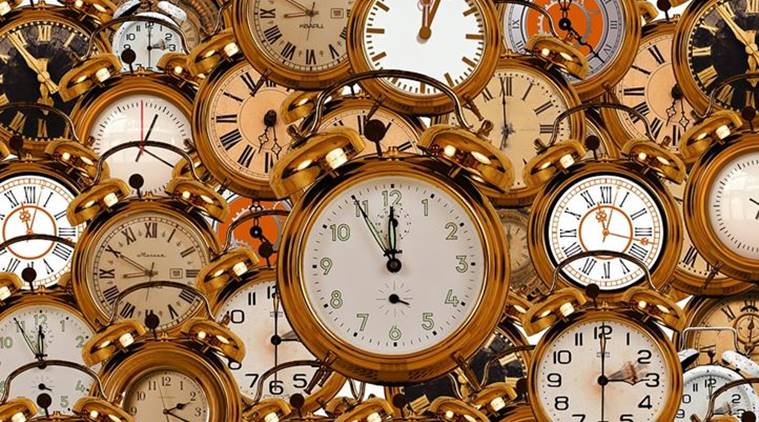Instead of disrupting Indian Standard Time, Northeast can tweak its office hours
What is sacrosanct about the office timing of 9 am to 5.30 pm? Without disrupting the IST, surely it is possible to have working hours, and office-hours in the Northeast from 8 am to 4.30 pm?

“By heading towards the East, Phileas Fogg had gone towards the sun, and consequently his days were four minutes shorter for each degree of longitude covered in this direction.” That name is a giveaway. This is a quote from Around the World in Eighty Days, the William Butcher translation. India is a large country. The distance between the eastern border and western border traverses 29 degrees of longitude. In practice, this leads to a difference of two hours between the east and the west in the rising/setting of the sun. I was born in Shillong and spent the early years of my life there. We used to be up and about by 5 am. By 8 pm, we were fast asleep. Recently, I revisited Shillong. Having lived in Delhi for several years, I have got used to waking up a bit later and sleeping a bit later. In Shillong, the sun and the birds woke me up at 5 am and for the duration of my stay, I went to sleep at 8 pm.
The issue of multiple time-zones for a country like India keeps resurfacing. It has resurfaced again with a paper in Current Science in October 2018 by scientists from the CSIR-National Physical Laboratory. The paper is titled, “Necessity of ‘two time zones: IST-I (UTC + 5:30 h) and IST-II (UTC + 6:30 h)’ in India and its implementation”. It focuses more on the implementation part. UCT stands for universal coordinated time, earlier known as GMT and still popularly known as that.
Let me quote from the paper. “The people, legislators and industrialists from Northeast part of the country have been demanding a separate time zone for a long time as they genuinely face problems with the existing Indian Standard Time (IST). The existing IST is said to be badly affecting their lives as the sun rises and sets much earlier than the official working hours. Early sunrise leads to loss of many daylight hours by the time offices or educational institutions open. In winter, this problem gets even more severe as the sun sets much early and therefore, more consumption of electricity is required to keep life active. Very recently, the Gauhati High Court also dismissed a public interest litigation seeking a separate time zone for the Northeast. We relook into the possibility of introducing two time zones in India which are feasible and implementable. The proposed recommendations of two time zones are based on: One, importance of sunrise and sunset timings on the biological activities of living beings; two, simple analyses of synchronising the sunrise and sunset timings across the country to the usual office hours of 9:00 a.m. to 5:30 p.m; three, minimisation of the spatial extension at the proposed border of time demarcation so as to avoid any kind of railway accidents; four if the proposed time-zones would be beneficial for the electricity saving; and five, the technical implementation mechanisms of the proposed two new time-zones in the country.” The paper’s conclusion is that its feasible to have two time zones in the country. The present IST (IST-I) is fine for the rest of India. But there should be an IST-II for Assam, Meghalaya, Nagaland, Arunachal Pradesh, Manipur, Mizoram, Tripura and Andaman and Nicobar Islands.
As I said, this is not a new issue. It has simply resurfaced. Before everything got standardised, there were two types of confusion. First, there wasn’t a single official time. There was Bombay Time (UTC + 4.51) and Calcutta Time (UTC + 5.30). Indeed, many towns/cities had their own individual times, not just Bombay or Calcutta. The IST wasn’t standardised until 1905/06. Even then, Calcutta Time officially lasted till 1948 and Bombay Time lasted quasi-officially till 1955. Second, since the railways were constructed by private companies, they had their own timetables, not invariably synchronised with the “official” times. Till the first decade of the 20th century, time-tables like Bradshaw often had two sets of times for trains, local and standardised.






































No hay comentarios:
Publicar un comentario